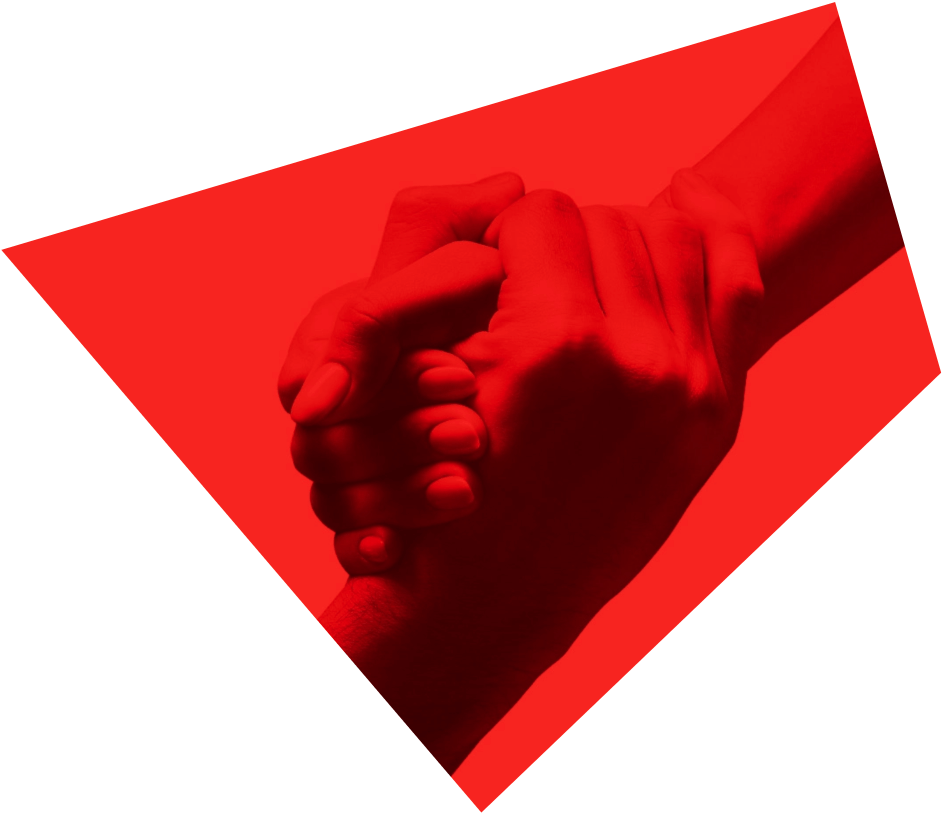The article originally appeared in the Toronto Star on September 22, 2019.
This week, the federal election campaign was thrown into chaos when years-old pictures emerged of Justin Trudeau dressed-up in a way most would deem highly inappropriate.
Commentators around the country, indeed around the world, have weighed in with comments on the prime minister’s conduct and the sincerity of his apologies.
For a country that all too often rests on its laurels when it comes to issues of discrimination and race, it is an important conversation to have. We like to smugly contrast ourselves favourably with our southern neighbours and sing the praises of our multicultural society.
We hear it all the time: “Canada is a mosaic, not a melting pot,” and, “Toronto is the most multicultural city in the world.”
Well, yes, but that multiculturalism did not come without a price paid by many Canadians — especially racialized and Indigenous groups — who still face prejudice every day of their lives.
Their experiences are their own and not only do I do not presume to speak on their behalf, I can’t. As a gay man, I can, however, share some of the pain and humiliation of having had to endure painful and haunting episodes of discrimination in my own life. It is about more than political correctness — it is about lived experience.
So, when I first saw those images on Wednesday evening, I was of course taken aback. Sitting at dinner with my colleagues, I began to wonder, “how will the prime minister respond to this? Will Canadians ever forgive him?”
Forgiveness in the public sphere need not be a complicated thing. Over the course of my career I have had the privilege to meet with and learn from Canadians, literally, from all walks of life. And I have come to learn just how decent and understanding they are. If Canadians feel that someone has made a mistake for which they are genuinely contrite, they have an astounding capacity for forgiveness.
The key to that forgiveness, however, lies in the word genuine. A sense of authentic penitence is the essential starting point of public reconciliation. Without it, an apology is not worth the paper on which it’s written.
But there is more. The apology itself matters. A lot.
Trudeau’s hasty apology on Wednesday night missed the mark. His focus was on himself. Not on those he hurt and harmed.
On Thursday, Trudeau tried again. And this time he got it right.
“I was blind,” he said, “to the pain that I may have caused at those times and that I am now causing to people that count on me to defend them.”
He spoke as someone who understood he had made a mistake. As a man who deeply regretted his actions and had only recently come to understand their significance.
Time will tell whether this incident has shifted the dial of his electoral fate.
Asked why he should be allowed to stay in office, I was struck by the Liberal leader’s response: “I’m going to be asking Canadians to forgive me for what I did.”
His answer stood in stark contrast to his unequivocal non-apologies in the SNC-Lavalin affair and it spoke to a comprehension of the severity of his actions.
But, what does it really mean for Canadians to forgive a public figure?
In a practical sense, forgiveness at the polls would mean allowing Trudeau to return to Ottawa and begin, in earnest, to reconcile the hurt he has inflicted.
On a deeper level, the prime minister may wish for Canadians to view his past transgressions as the starting point of his transformation into a devoted public servant.
Is it not a testament to his “different” vision for Canadian politics that the obliviously ignorant man in those photos could, 20 years later, become a champion for the rights of minorities and the oppressed?
Forgiveness is a journey and Trudeau will have to continue working to prove that those photos do not represent the man who wants to be our prime minister today.
The process will be drawn-out, uncomfortable and, at times, painful. Perhaps that is a fitting penance, given the very real pain that has been caused.
